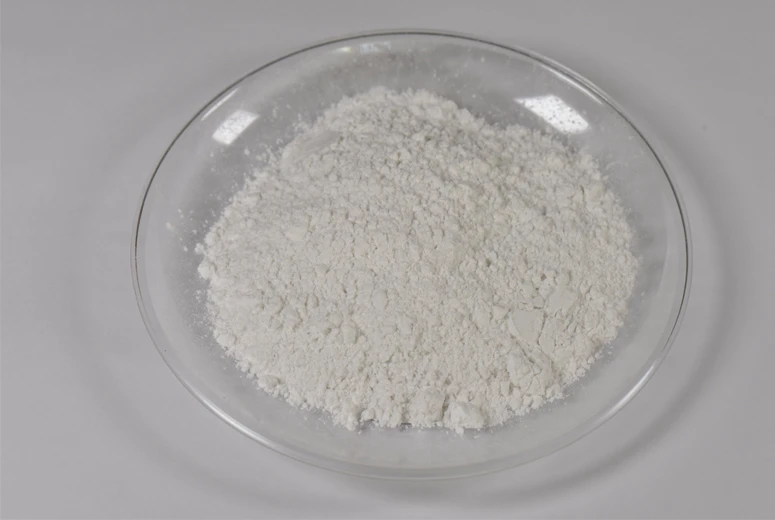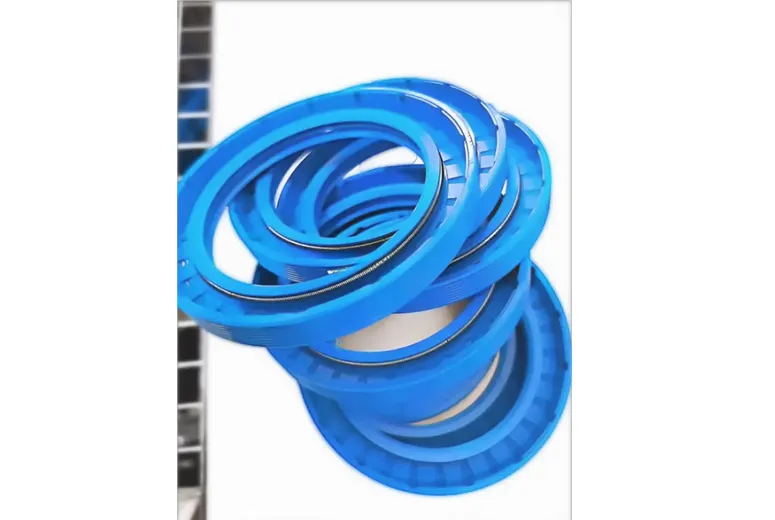Jan . 24, 2025 04:17
Back to list
Calcined Mica F-60
Coloring polymer clay with mica powder is an exciting, dynamic process that can transform your clay projects from mundane to magnificent. As a versatile and easy-to-use medium, mica powder opens a realm of possibilities for clay artists at any skill level. With over a decade of experience in polymer artistry, I've honed techniques and tips that can elevate the end result while ensuring the process is both enjoyable and efficient.
For artists seeking more saturation and brilliance, the wet technique is preferable. Mix mica powder with a few drops of water to form a paste, apply it with a brush or sponge, and allow it to dry slightly before baking the clay. This method not only boosts the pigment's vibrancy but also adheres more firmly to the clay, resulting in long-lasting color that doesn't easily rub off. While coloring the clay itself is the most direct application, mica powder can also serve as a fantastic final touch. Dusting the surface lightly before baking locks in the shimmer, adding depth and a luminous finish. For complex projects involving textures, mica powder can be brushed onto raised areas to accentuate details and create captivating contrasts. When working with polymer clay and mica powder, safety must remain a priority. Ensure your workspace is well-ventilated, and consider wearing a mask to avoid inhaling fine particles. Gloves can protect your hands, though they may inhibit the tactile feedback crucial for artists; in such cases, frequent washing can suffice. Beyond these basic techniques, the possibilities with mica powder and polymer clay are nearly limitless. Consider blending colors to create custom, one-of-a-kind shades that set your work apart. Experimenting with different ratios and combinations can lead


For artists seeking more saturation and brilliance, the wet technique is preferable. Mix mica powder with a few drops of water to form a paste, apply it with a brush or sponge, and allow it to dry slightly before baking the clay. This method not only boosts the pigment's vibrancy but also adheres more firmly to the clay, resulting in long-lasting color that doesn't easily rub off. While coloring the clay itself is the most direct application, mica powder can also serve as a fantastic final touch. Dusting the surface lightly before baking locks in the shimmer, adding depth and a luminous finish. For complex projects involving textures, mica powder can be brushed onto raised areas to accentuate details and create captivating contrasts. When working with polymer clay and mica powder, safety must remain a priority. Ensure your workspace is well-ventilated, and consider wearing a mask to avoid inhaling fine particles. Gloves can protect your hands, though they may inhibit the tactile feedback crucial for artists; in such cases, frequent washing can suffice. Beyond these basic techniques, the possibilities with mica powder and polymer clay are nearly limitless. Consider blending colors to create custom, one-of-a-kind shades that set your work apart. Experimenting with different ratios and combinations can lead
Prev:
Next:
Latest news
-
Transforming Surfaces with Mica-Enhanced Paints in Coatings and DecorationNewsJul.02,2025
-
The Ultimate Guide to Mica-Based Luminous Colors with Pearlescent PigmentNewsJul.02,2025
-
The Critical Role of Mica in Industrial Applications in Welding and Oil FieldsNewsJul.02,2025
-
Revolutionizing Automotive Aesthetics with Modified Plastics Pearlescent PigmentsNewsJul.02,2025
-
The Secret with Mica Powder for Cosmetics Behind Radiant, Natural MakeupNewsJul.02,2025
-
Enhancing Performance in Polymer Applications with Mica Powder for RubberNewsJul.02,2025
Products categories









